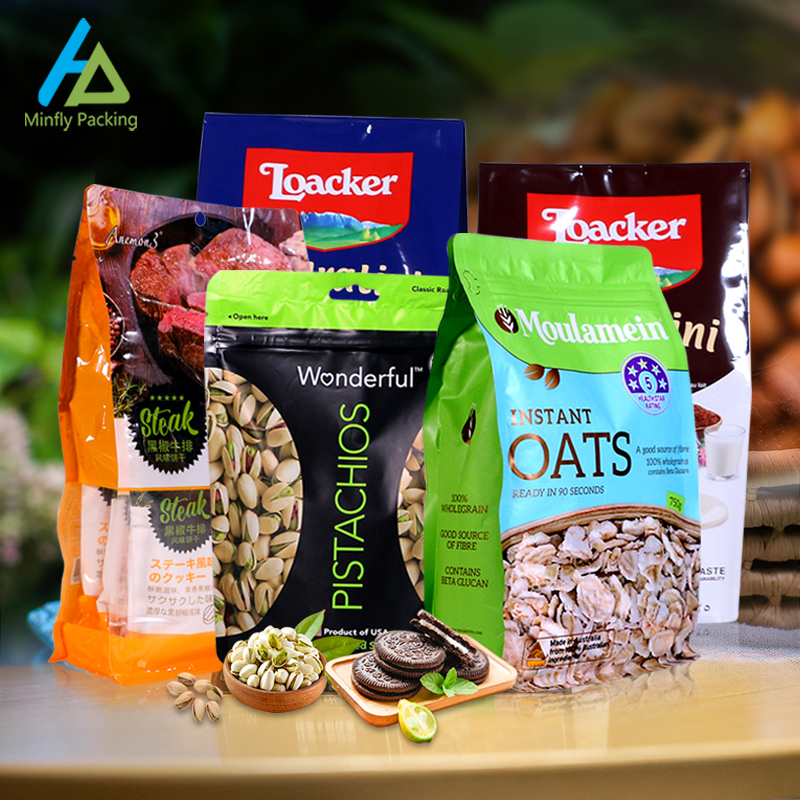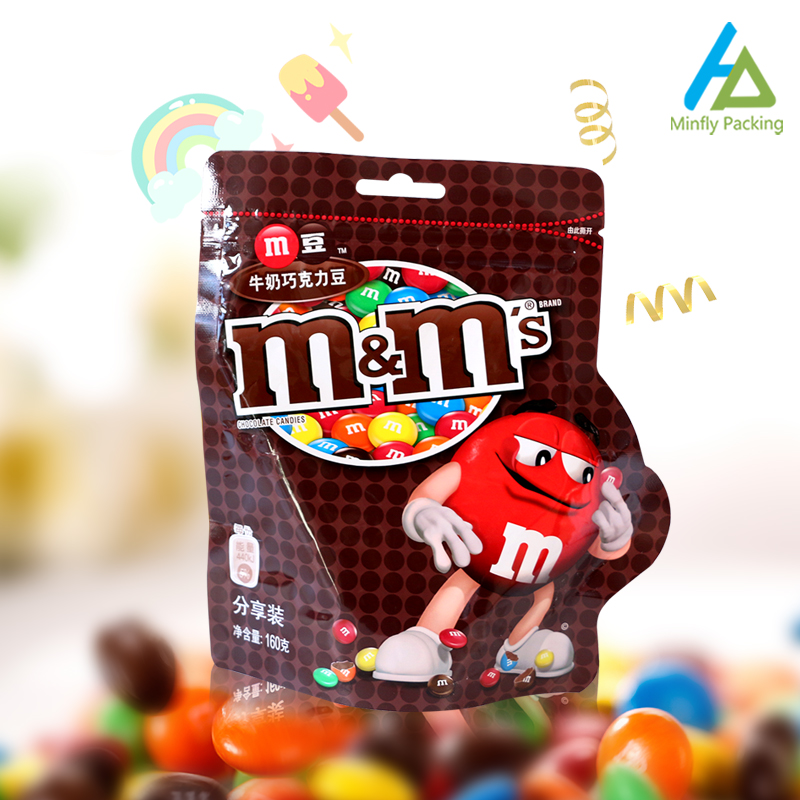At present, in food plastic packaging printing, the most widely used benzene-soluble chlorinated polypropylene ink series.
The production and application technology of this series of inks are very mature, mainly using gravure printing on BOPP (biaxially oriented polypropylene), which has excellent printing adaptability, good processing performance, and relatively fast drying speed. . But this printing method still has many shortcomings.
1. The ink contains toluene, and the residual solvent value of the printed product is relatively high;
2. The thermal stability of chlorinated polypropylene is poor, and it is easy to release chlorine and form hydrogen chloride (commonly known as hydrochloric acid) in the air, which makes the ink more acidic and has a corrosive effect on the printing plate roller;
3. Benzene-soluble inks can also release substances that destroy the ozone layer. In the process of production and use, it will also cause harm to the body of production workers. At the same time, harmful substances are easily left in the finished product, which will pollute the food in the packaging bag. ;
Because of this, benzene-soluble chlorinated polypropylene inks have been gradually phased out.
In order to solve various problems of benzene-soluble inks, environmentally friendly inks came into being and began to be widely used in various countries.
Why is it named as environmentally friendly ink? That is because the ink of this series will not pollute the environment during production and use, nor will it cause physical harm to the users, and will not contaminate the food in the food packaging bag.

Now, there are generally three types of environmentally friendly inks widely used in China:
1. Ultraviolet (UV) Curable Ink
The curing process of UV-curable ink is a photochemical reaction process, that is, under the action of ultraviolet energy, the prepolymer is cured to form a film in a very short time. In addition to curing the surface of the ink, the ultraviolet light can penetrate deep into the liquid UV. In the cured ink, further curing of the deep ink film is stimulated. In traditional inks, oil-based inks are solidified under the action of oxidation, while solvent- or water-based inks are mainly cured by evaporation of water or solvents, and some inks can penetrate into paper. Therefore, compared with traditional inks, the polymerization and drying of UV-curable inks are more thorough, without any evaporation or solvent-based contaminants, and the ink film can be 100% cured. UV-curable inks are mainly used for flexographic printing on soft substrates and consist of prepolymers, reactive diluents, pigments, additives, and photoinitiators/composites. Among them, the choice of reactive diluent has an impact on the migration reaction in the ink formulation; the performance of the additive on the ink (printability, ink migration, wetting of the substrate, friction coefficient, abrasion resistance, pigment dispersion and stability) properties) and the smell of the printed matter; it is required that the spectral range of the pigment to absorb ultraviolet light is as small as possible. The characteristic of the reaction is no hindrance. When printing with UV-curable ink, attention should be paid to the inhibition of polymerization, surface tension and wetting, the correlation between ink viscosity and humidity, and the expansion of the printing plate;
Since the adhesion of ink to plastic is not good, flame treatment or corona discharge treatment should be done on the plastic to be printed to improve the adhesion of the plastic surface.
2. Water-based ink
Water-based ink, abbreviated as Yanhuang ink, flexographic water-based ink, also known as liquid ink, is mainly made of water-soluble resin, organic pigment, solvent and related auxiliaries through compound grinding.
Water-based ink is the ink used in most flexographic packaging printing at home and abroad.
Water-soluble resin is the binder of water-based ink. Water-soluble acrylic modified resin is often used as binder. Its heat resistance, weather resistance, chemical resistance, pollution resistance and gloss have significant advantages. It is also a synthetic polymer emulsion, and both show excellent performance. The water-based ink does not contain volatile organic solvents, which can not only reduce the toxicity of print residues, but also prevent fire due to static electricity and flammable solvents.
Water-based ink is not only a new “green” printing ink, but also the best product to replace benzene-soluble ink. Water-based ink is especially suitable for packaging and printing products with strict hygiene requirements such as tobacco, wine, food, beverage, medicine, and children’s toys.
3. Electron beam curing ink (EB ink)
Electron beam curing ink refers to the ink that can be rapidly transformed from liquid to solid under the irradiation of high-energy electron beam, also known as EB ink.
Electron beam curing ink is mainly composed of pigments, binders, auxiliary agents, colorants, etc. The energy of the electron beam is high, and it has strong penetrating power to solid components such as pigments and fillers, and the ink will not be blocked by the pigments or fillers, and the drying inside the ink film will not be affected.
The drying of the ink film layer after ordinary ink printing is generally because the binder in the ink is absorbed and volatilized by the substrate, and the solid substances remain on the surface of the substrate to form a thin layer of ink.
The electron beam curing is to use the electron beam as the irradiation energy to carry out the radiation chemical reaction with the active liquid chemical formula, and quickly dry and solidify at room temperature.
Since electron beam is a type of radiation, electron beam radiation can also be classified as radiation curing.
Radiation curing is a new technology developed on the basis of existing science and technology. It mainly uses a scanning electron accelerator. In radiation curing, the electron beam of the electron accelerator scans the surface of the substrate to realize curing processing. The basic meaning is to use ultraviolet light or electron beam as an energy source to initiate a chemically active liquid formulation to achieve a rapid reaction curing process on the surface of the substrate. The biggest advantage of UV curing and electron beam curing technology different from traditional technologies (such as thermal curing) is that radiation curing uses high-efficiency UV light or electron beam as an initiation means to quickly achieve coating curing. Among them, electron beam radiation is composed of a batch of accelerated electron currents. Under the action of high-energy electron beams, free radicals or ionic groups are generated, and the free radicals or ionic groups are then cross-linked with other substances to form a network polymer, and Compared with ultraviolet light, the particle energy is much higher than that of ultraviolet light, which can ionize the air, and electron beam curing generally does not require a photoinitiator, which can directly trigger chemical reactions, and its penetrating power to substances is also greater than that of ultraviolet light.
With the improvement of the requirements and standards of the printing industry in various countries, the emphasis on environmental protection awareness and the continuous development of environmental protection printing technology, consumers have higher and higher requirements for food packaging, which also puts forward higher requirements for the use of ink materials in printing. requirements.
Therefore, environmentally friendly ink will surely become one of the mainstream printing material products in the food packaging industry in the future.
Post time: Nov-23-2022


